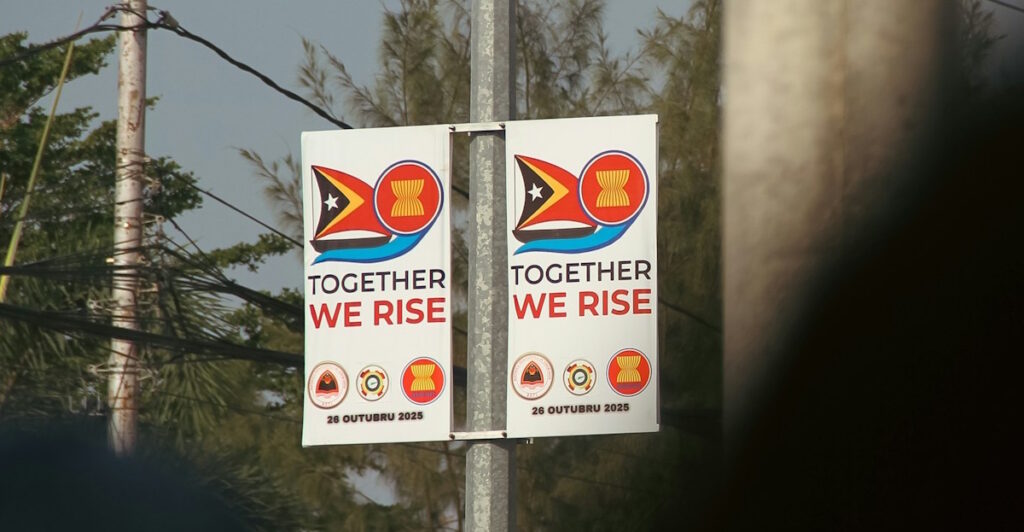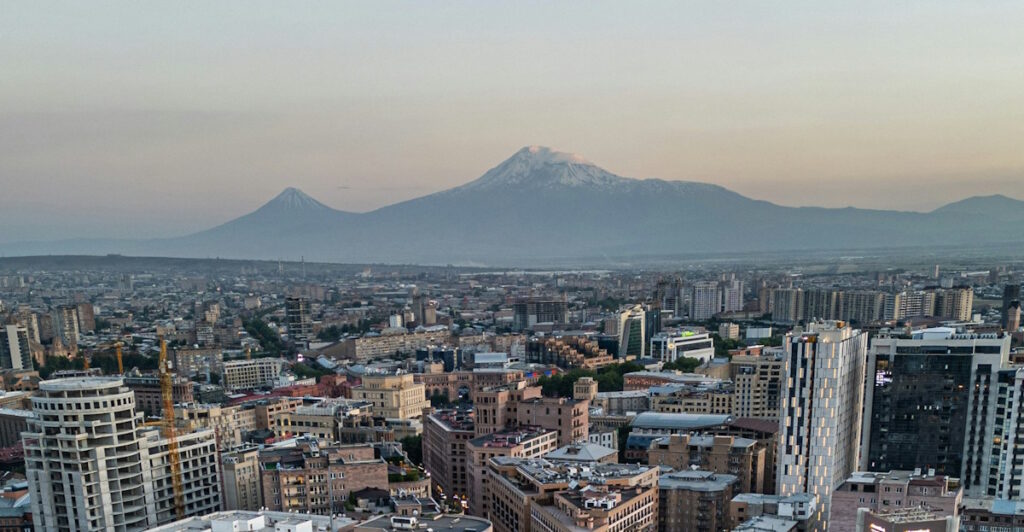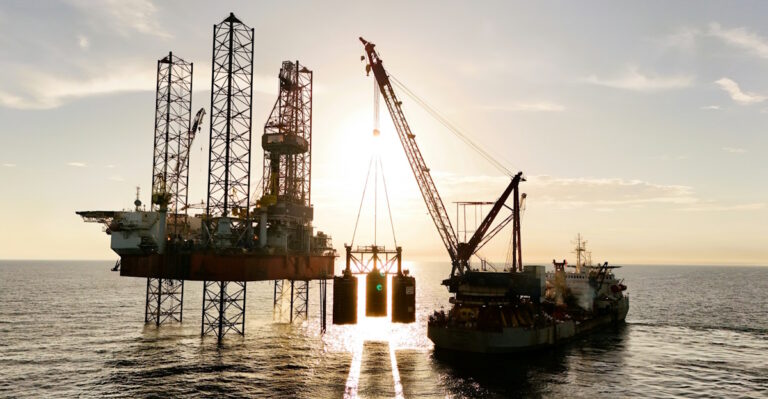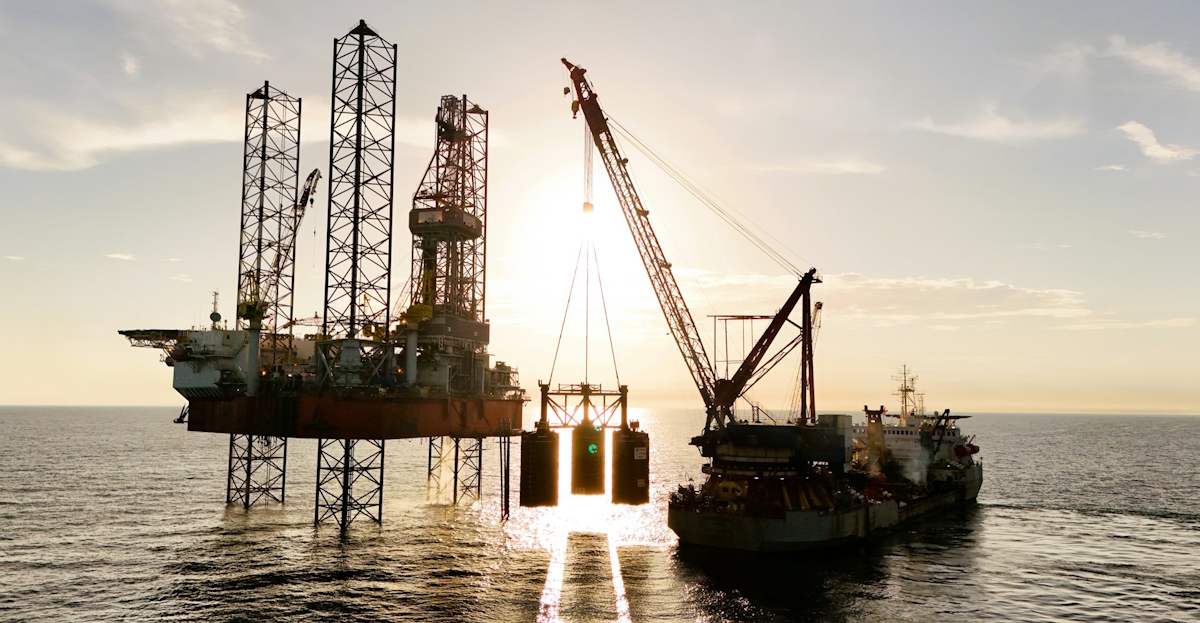by Sebastien GOULARD
On January 14, 2025, in one of his final actions as Secretary of State, Antony Blinken welcomed Armenian Foreign Minister Ararat Mirzoyan to Washington to sign the US-Armenia Strategic Partnership Charter.
After strengthening its ties with France in 2024, Armenia continues its policy of rapprochement with Western powers by signing a strategic partnership with the United States (US) in January 2025.
Russia’s invasion of Ukraine in 2022, along with rising tensions with Azerbaijan, has pushed Yerevan to recalibrate its diplomacy and seek closer ties with Western states.
The US-Armenia Strategic Partnership
This new partnership aims to strengthen relations between the two countries across multiple domains.
First and foremost, it addresses security and defense. Armenia requires foreign partners to ensure its borders remain intact, particularly given Azerbaijan’s increasingly aggressive stance under President Ilham Aliyev. The agreement also formalizes the continuation of joint military exercises between the US and Armenian armed forces, which have been conducted since 2023. Armenia’s military remains largely equipped with Russian and even Soviet-era weaponry; today, it seeks to diversify its armament sources, looking to France and potentially the US.
The partnership also seeks to reinforce democracy and the rule of law in Armenia. Much like its neighbor Georgia, Armenia is vulnerable to Russian influence operations aimed at distancing it from Western partners. Russia still wields significant influence in Armenia—remaining Yerevan’s top trade partner—and will not hesitate to destabilize the country should it continue its shift westward. To counter this, Armenia seeks to strengthen its civil society by fostering new relations with the US and Europe, notably through expanded academic exchanges between Armenian and American institutions.
Additionally, the partnership aims to boost economic ties between the two nations. Currently, trade between Armenia and the US remains minimal, and Yerevan is actively seeking new investors beyond Russia. A key objective is to modernize its infrastructure to reduce dependence on neighboring countries while developing its energy sector, particularly green energy and nuclear power. Armenia operates a nuclear power plant and has expressed interest in building new reactors, for which it has approached the US regarding civilian nuclear technology transfers. If realized, this project would mark a significant loss of Russian influence in the South Caucasus.
Moreover, in response to the war in Ukraine, new connectivity projects are being developed to link Europe and Asia while bypassing Russian territory. Although Georgia and Azerbaijan are currently the primary beneficiaries of these initiatives, Armenia also aims to capitalize on this regional transformation but requires further investment in its transport infrastructure. The new strategic partnership with Washington includes provisions for cooperation in this sector.
Finally, the Armenian government sees this partnership as a means to further integrate the country into the global economy. Since 2014, Armenia has been a member of the Eurasian Economic Union, a Russian-led common market. While Yerevan has no immediate plans to exit the bloc—Economy Minister Gevorg Papoyan reaffirmed this stance in early January—the current government has expressed its intent to pursue reforms that could eventually pave the way for EU accession. The US partnership, by helping to open up Armenia’s economy, could indirectly facilitate closer ties with the European Union (EU).
Will the Partnership Continue Under Donald Trump’s Presidency?
The signing of this partnership charter took place just one week before the inauguration of Donald Trump’s second term as US president on January 20, 2025. This raises questions about the direction his administration will take regarding Armenia.
In 2019, Trump opposed the use of the term “genocide” to describe the 1915 massacres of Armenians by the Ottoman Empire, rejecting a congressional resolution on the matter. During his first term, he showed little involvement in the South Caucasus region, leading some to worry that his administration’s policies toward Israel and Iran could complicate Armenia’s diplomatic standing. Azerbaijan remains a key partner of Israel, while Yerevan maintains friendly ties with Tehran.
However, as noted by Garo Paylan, Trump could also push for negotiations between Armenia and Azerbaijan to resolve their disputes swiftly. In November 2024, he expressed concern over the situation in Artsakh (Nagorno-Karabakh), suggesting that he may continue the diplomatic efforts initiated by his predecessor.
Just two days after his appointment, the new US Secretary of State, Marco Rubio, held discussions with Turkish Foreign Minister Hakan Fidan regarding the situation in the South Caucasus. As a senator, Rubio was a vocal advocate for the protection of Armenians in Nagorno-Karabakh and was critical of Azerbaijan’s government. Given his past positions, he is expected to support the continuation of the US-Armenia Strategic Partnership Charter.



















